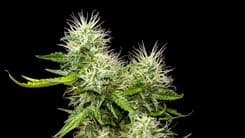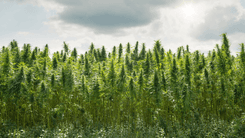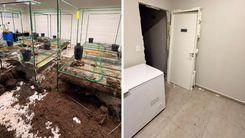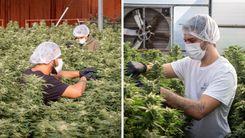Hempcrete: O que é e quais os benefícios para a construção civil
Feito a partir das fibras do cânhamo, o hempcrete é um material com alto isolamento térmico e baixo impacto ambiental
Publicada em 12/08/2025

Brasil pode impulsionar a indústria do hempcrete com regulamentação ampla do cultivo de cannabis. | Imagem: Canva Pro
O hempcrete, ou concreto de cânhamo, é um material sustentável feito da mistura do núcleo lenhoso da planta de cânhamo com um aglutinante à base de água e cal. Utilizado principalmente como isolante térmico, ele não pode ser empregado como material estrutural, sendo combinado com suporte de madeira, pedra ou outros. A regulamentação ampla do plantio de cânhamo na agricultura brasileira pode potencializar a produção de tijolo sustentável para a construção civil.
Benefícios do hempcrete: isolamento, resistência e sustentabilidade
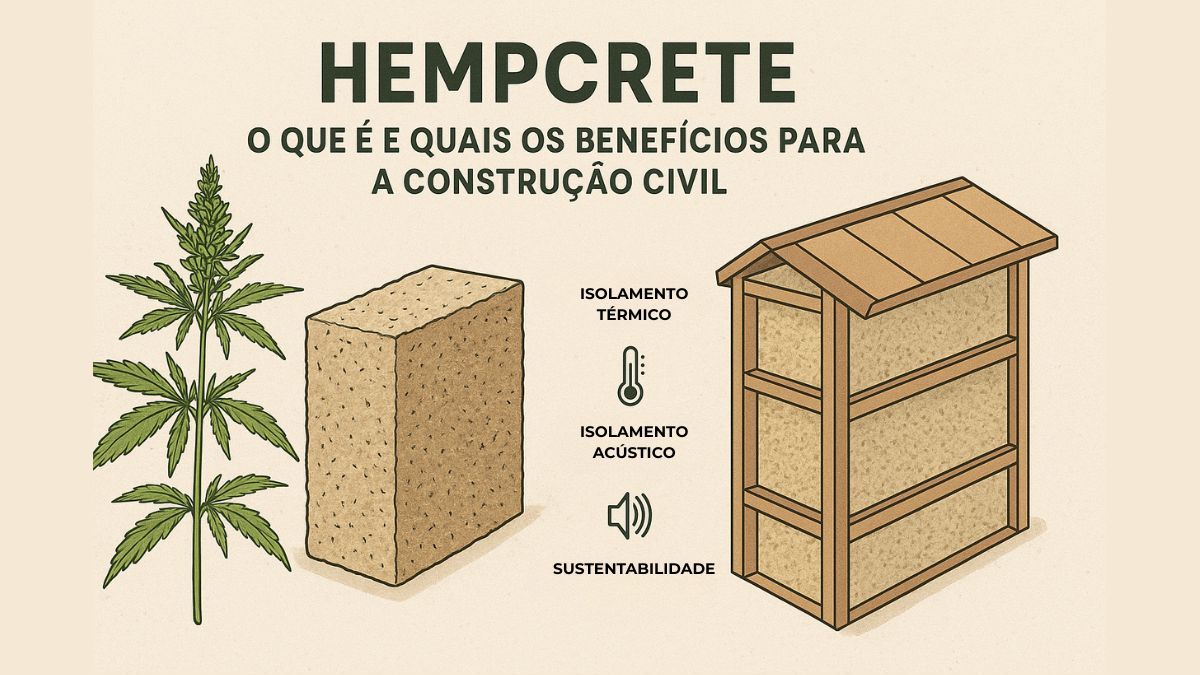
Entre seus benefícios, destacam-se o excelente isolamento térmico, que regula a temperatura interna das construções, reduzindo o uso de aquecimento e resfriamento. Além disso, o hempcrete é hidroscópico, absorvendo e liberando umidade, o que o torna resistente ao mofo e melhora a qualidade do ambiente interno.
Cânhamo e captura de carbono: uma solução para o meio ambiente
Outra vantagem importante é sua capacidade de capturar carbono. O cânhamo, durante o crescimento rápido de cerca de cinco meses, sequestra entre 9 e 15 toneladas de CO2 por hectare, contribuindo para a redução da pegada de carbono. Além disso, o cânhamo consome pouca água e pode ajudar na regeneração do solo, removendo metais pesados.
Regulamentação da cannabis no Brasil e o futuro do cânhamo na construção civil
No Brasil, a regulamentação do cultivo da cannabis prevista para setembro de 2025 será voltada para fins medicinais e farmacêuticos, com critérios definidos para a produção de óleo de cannabis. Entretanto, é fundamental pensar, em um segundo momento, no destino da biomassa da planta após a extração dos fitoterápicos. O plano de regulamentação ainda deixa em aberto a questão do aproveitamento das outras partes da planta, como as fibras do cânhamo, que podem ser reaproveitadas na construção civil, por exemplo, na fabricação do hempcrete.
Perspectivas para o aproveitamento integral da planta e economia circular
Assim, a expectativa é que o aproveitamento integral da planta possa evoluir para além do setor medicinal, abrindo espaço para usos industriais sustentáveis que contribuam para a economia circular e para construções mais ecológicas no país.


